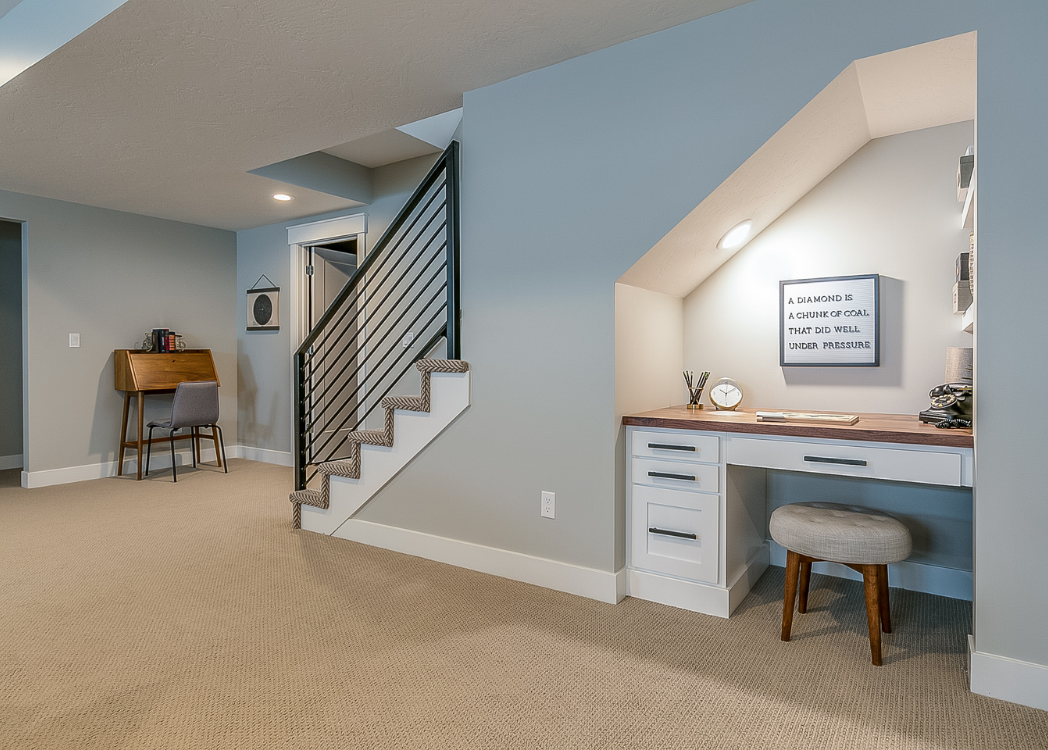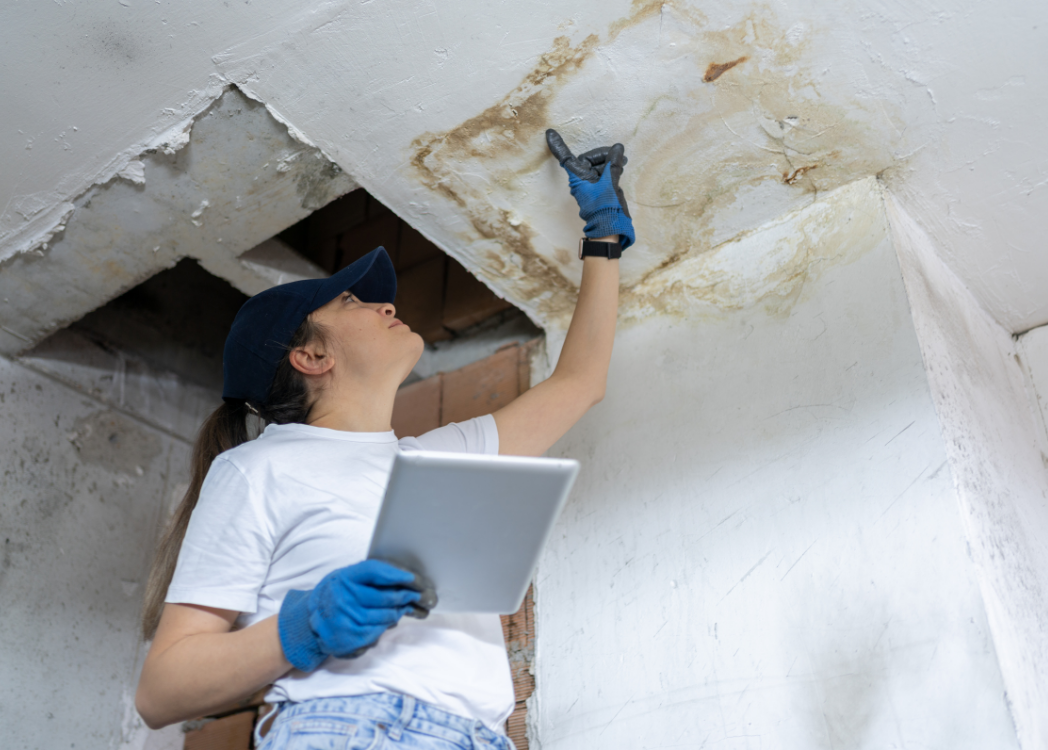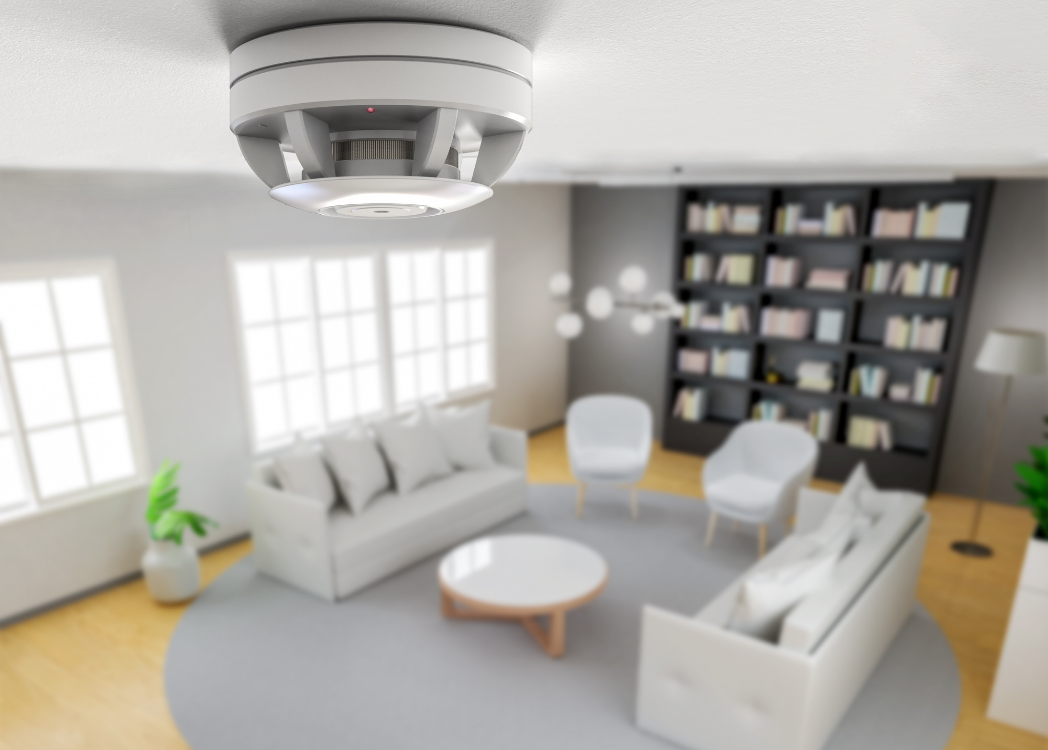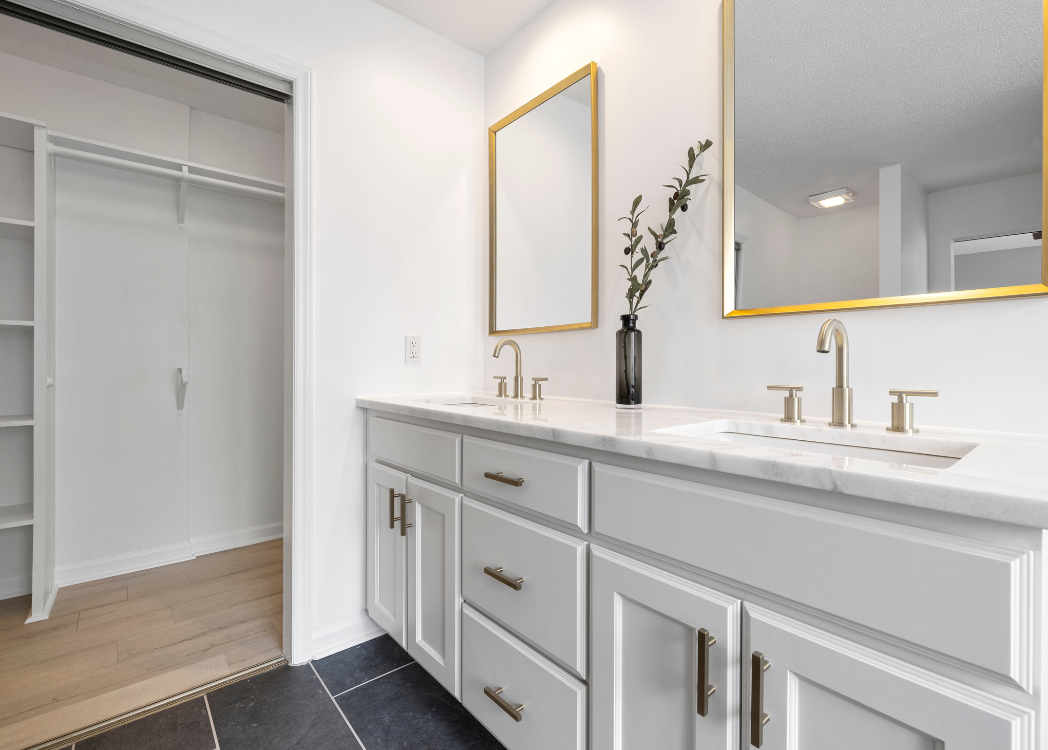When Do I Need to Replace a Faucet VS When Can It Be Repaired?
Is your faucet fixable, or are you pouring money down the drain? Here’s how to tell when a repair makes sense — and when it’s time for a replacement.

A dripping faucet isn’t just annoying — it’s the kind of sound that creeps into your brain until you can’t ignore it anymore. The most common faucet issues fall into two categories: dripping faucets or handles that are stiff and hard to use. Sometimes it’s a simple matter of replacing a worn part or making an adjustment. Other times, the problem runs deeper — like corrosion in the pipes — and requires a bigger fix (and likely a replacement). And sometimes, a faucet works fine but gets swapped out simply because it no longer fits the homeowner’s style.
So how do you know when it’s worth repairing and when it’s time to start fresh? Let’s break it down.
Common Faucet Problems That Can Be Repaired

The good news is that not every faucet issue means you need to buy a new one. The most common repairs we handle are:
• Drips – Usually caused by worn washers, faulty cartridges, or mineral build-up.
• Low water pressure – Often the result of clogged aerators or minor buildup inside the faucet.
• Loose handles or fixtures – A sign that screws, nuts, or connections need to be tightened or replaced.
Drips are the most frequent problem in many homes, and they can stem from several causes. The majority are fixable — especially if caught early.
💡 Handy Geeks Tip: You can sometimes fix small issues yourself, like cleaning a clogged aerator or tightening a loose handle. But if your faucet is still dripping after multiple DIY attempts, it may point to a deeper issue that needs professional repair.
When It’s Time to Replace Your Faucet
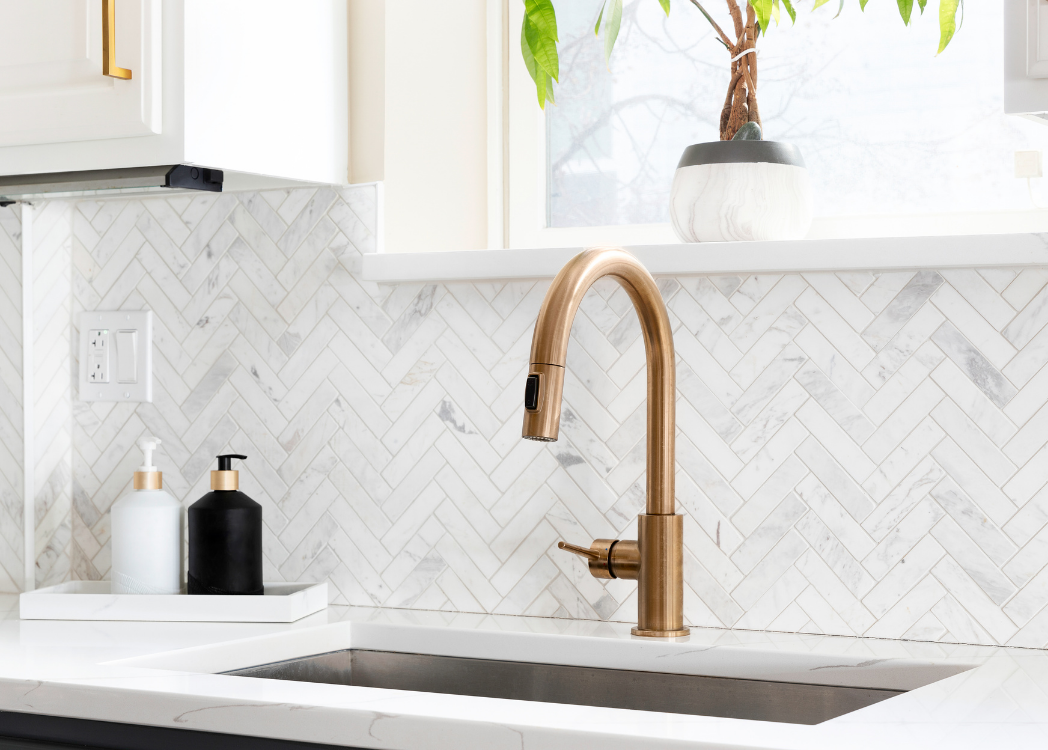
Not every faucet can be saved. Here are some of the telltale signs replacement is the smarter (and more cost-effective) choice:
• Cracks in the body – Structural damage can’t be patched.
• Serious corrosion – Once rust sets in, it will only spread.
• Leaks at the base – Often mean the internal components are failing.
• Style or function concerns – Sometimes the faucet still works but is outdated, mismatched, or simply not right for the home.
It’s not unusual to find odd or poorly done plumbing setups under sinks. In those cases, replacing the faucet — and correcting the setup — is often the only way to ensure long-term function.
Cost vs. Convenience: The Rule of Thumb
Here’s a straightforward way to think about it: if the repair cost comes close to the replacement cost, go with replacement. You’ll save yourself from repeated service calls and get the benefit of a new, efficient fixture.
The lifespan of a faucet depends on many factors — water hardness, frequency of use, and even how often the handles are pulled or twisted. All of these play into how long a fixture lasts.
The bottom line: replacement can often save time, money, and frustration in the long run.
👉If you're unsure whether your faucet needs a repair or a full replacement, contact Handy Geeks for honest advice and practical solutions.

